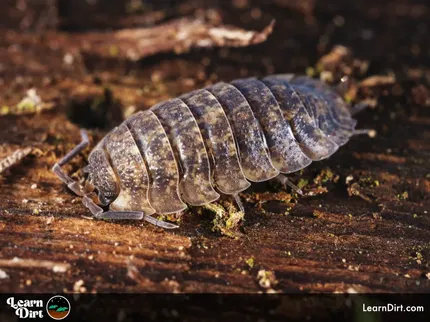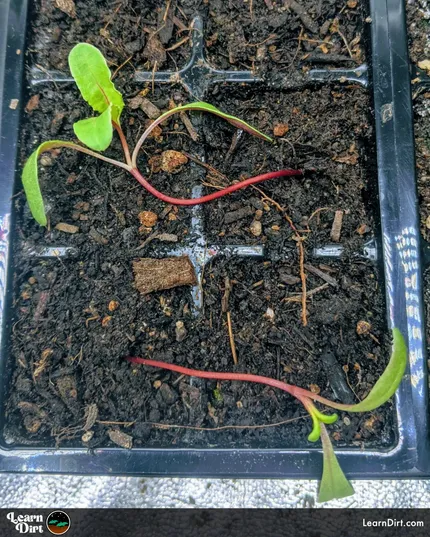Table of Contents
- What Are Whiteflies?
- What Do Whiteflies Indicate About My Garden?
- Monitor Whitefly Populations
- Ways to Get Rid of Whiteflies
- Last Thoughts...
* Our articles never contain AI-generated slop *

What Are Whiteflies?
Whiteflies are sap-suckers. They latch onto the underside of plant leaves, puncture them, and subsequently suck the sap from your plants.
Often referred to as 'honeydew', you'll see shiny droplets of a clear sticky resin on plant leaves after whiteflies have become a problem.
Obviously this is not helpful to plants, whose leaves slowly die as whitefly populations increase. The relationship is purely parasitic, with plants not benefiting at all from whiteflies.
Disclaimer: This post may contain affiliate links. Refer to the privacy policy for more information.
What Do Whiteflies Indicate About My Garden?
Plants produce chemotoxins to fight off pests, and are generally quite successful when healthy. Think of this like your own immune system - often taking care of numerous problems before you even notice.
A stressed / sickly plant will have a reduced ability to engage in chemical warfare to protect itself from pests.
Whiteflies, like most pests, will target the weakest and most sickly plants first. This is because that's where they can get the best meal, with the least chemotoxins emitted from the plant.
The presence of whiteflies and most other pests give you a clue as to the health of your plants.
That said, whiteflies will and do attack healthy plants - it's just not their first choice.
They can be especially problematic in greenhouses and indoor grows, where consistently warm temperatures and a lack of natural predators allow their populations to grow rapidly
Join The Grower's Community
Find your people.
Your voice matters here 🌱
Check It Out!
Monitor Whitefly Populations
Keep a close eye on whitefly populations with yellow sticky cards. Whiteflies are attracted to the color yellow, and these traps allow you to monitor how their population size is changing over time. Change them out at regular intervals and observer the number of whiteflies which get stuck to them.
While these cards are great for monitoring, they're not a solution for effectively reducing populations. Utilize in conjunction with the methods below for getting rid of them.
Also note that other insects and even some small animals can become stuck to the cards. Keep them up off the ground and consider only using indoors.
Ways to Get Rid of Whiteflies
Predatory Mites
Amblyseius Swirskii
Predatory Beetles
Delphastus Catalinae
Delphastus catalinae is a tiny predatory lady beetle which absolutely demolishes whitefly populations. It's a voracous eater and can knock back active infestations rapidly.
Ladybugs
Minute Parasitoid Wasps
Encarsia Formosa
Eretmocerus Eremicus
Green Lacewing Larvae
Green lacewing larave are a general predator, and have a voracous appetite for many pests - whiteflies included.
Bonus points if you're dealing with thrips or mealybugs, as lacewing larvae chow down on these as well.
Note that green lacewing larvae do occasionally bite humans, though this is only a minor inconvenience and worth the cost.
Insecticidal Soap
I saved this option for last because insecticidal soaps kill many soft-bodied insects and are indiscriminate. For this reason, if you've already established a healthy ecosystem of beneficials, DO NOT spray insecticidal soap.
I recommend insecticidal soap only for indoor / greenhouse applications where you haven't already released predators and the ecosystem is not in balance.
You can mix something like Dr. Bronner's Peppermint Castile Soap at a rate of 1 tbsp per quart of water and spray on your plant leaves daily.
This can be a quick way to knock down a bad indoor whitefly population rapidly, prior to releasing beneficials to finish the job.
Last Thoughts...
Looking for ways to control other garden pests naturally? Check out the full guide here.
That's all for now, thanks for reading!
If you have any questions, comments, or would like to connect with fellow gardeners, head on over to the forum and post there.














![Don't Till Away Your Carbon [Taffy] T-shirt](/media/product_images/dont-till-away-your-carbon-[taffy]_shirt_260x260.png)







